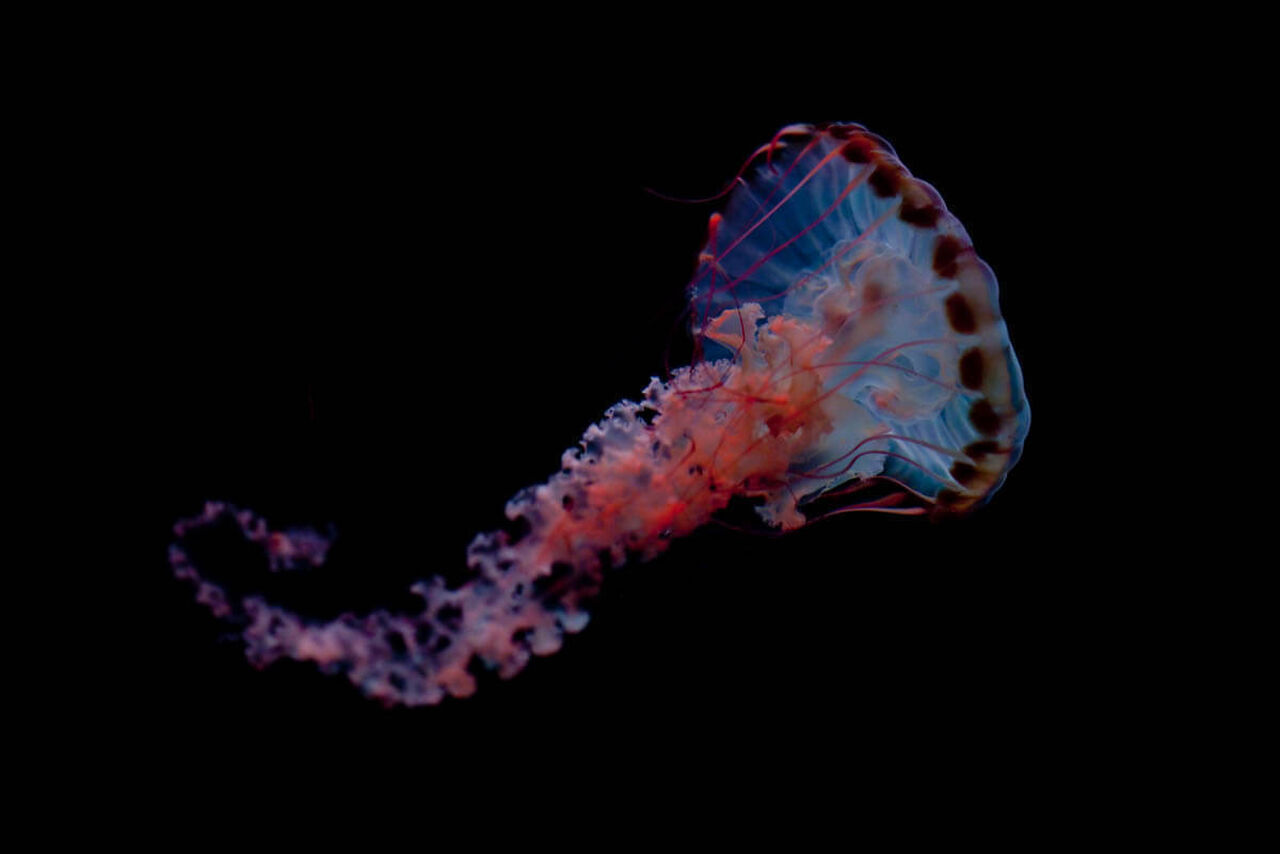Moving around in the ocean is quite a thing. There are so many aspects to contend with such as currents, waves, wind, depth, shallows, predators and prey. Considering that there are animals as small as pinpricks - and as large as buses in the ocean, the development of specialised ways of locomotion is not surprising.
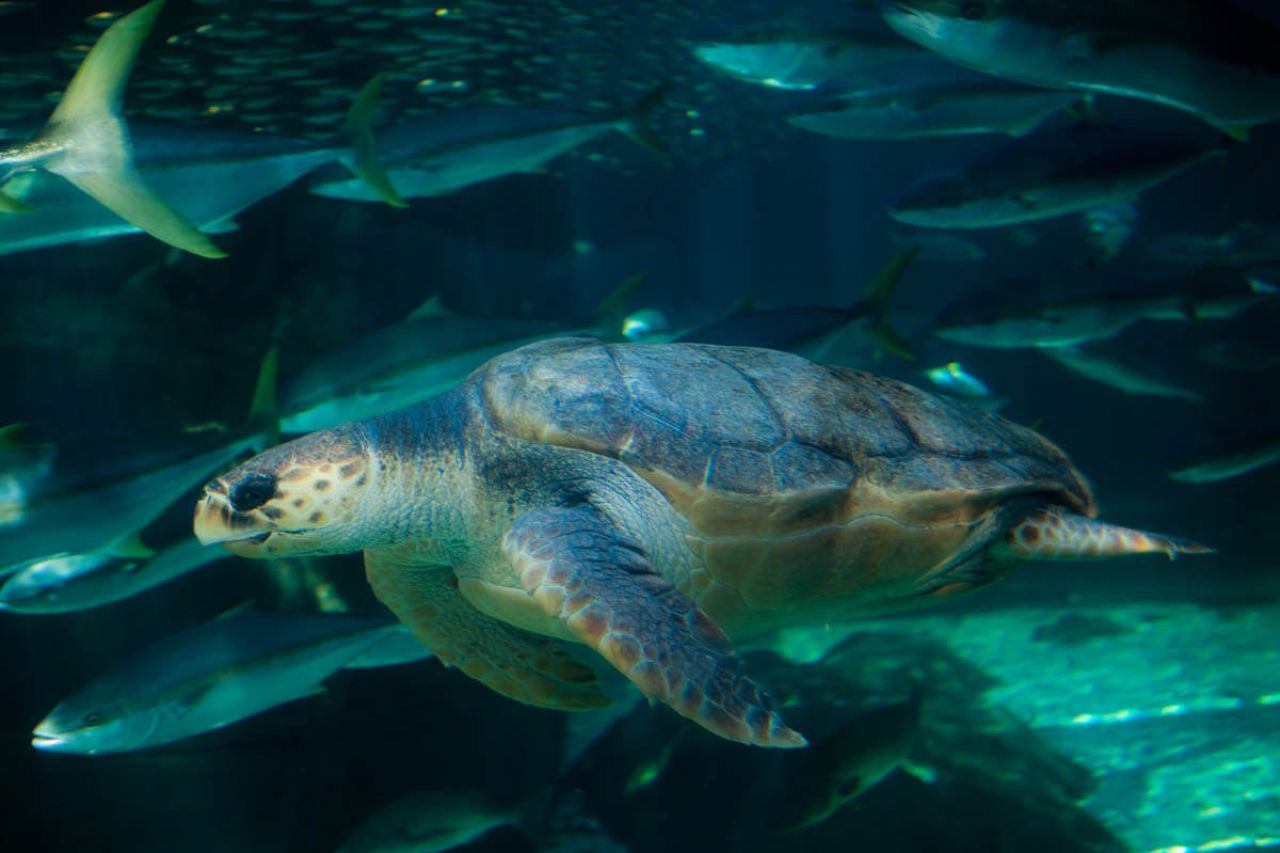
Different species have each developed or adopted what the best way is for them to move from point A to point B is. Some animals have opted to drift along with the currents, others have developed the ability to move far and fast with very little effort, and others have decided that hitching a ride on another animal is the answer. In the ocean we come across adaptations such as jet propulsion, tube feet, arrow-shaped tails, flipping marvellous flippers, and then the occasional aerial acrobatics that have perfected the art of low flying. In this blog, we are going to have a look at some of the ways that animals in the ocean get around.
Fins
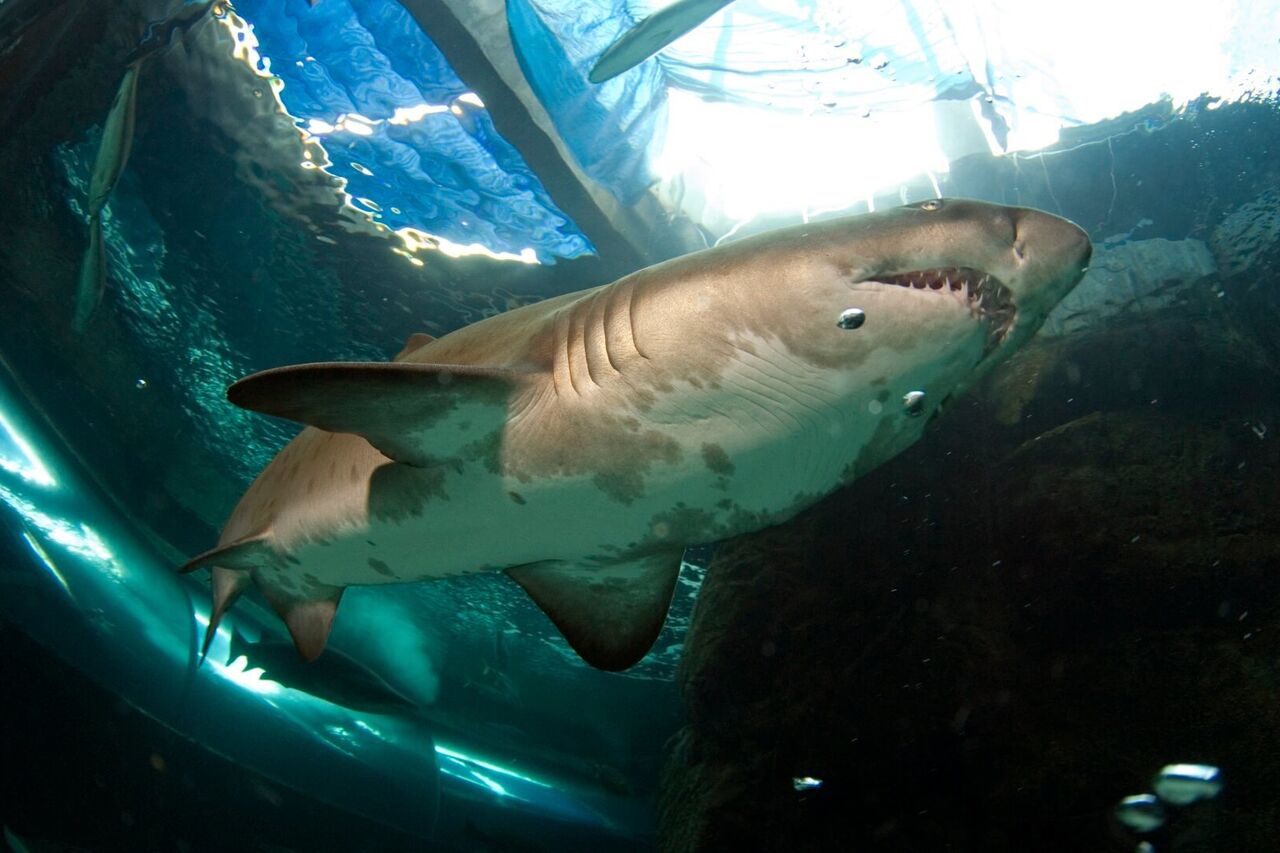
Let’s start with the obvious accessories that help animals move around in the marine environment – fins. For this, we will first have to look at the different types of fish fins – the pectoral, dorsal, pelvic, caudal and anal. When we talk about where these fins are situated on a fish’s body, we have to keep in mind that not all fish bodies are designed the same way. A shark and a sole have two very different body shapes, as do moonies and seahorses. In general, the pectoral fins can be found just behind the gill covers, on either side of the body. The dorsal fin(s) is situated on the fish’s “back”. The pelvic fins are the fins on the belly-side, just behind the head of the fish. The caudal fin is another name for the tail fin and the anal fin is usually close to the fish’s anus.
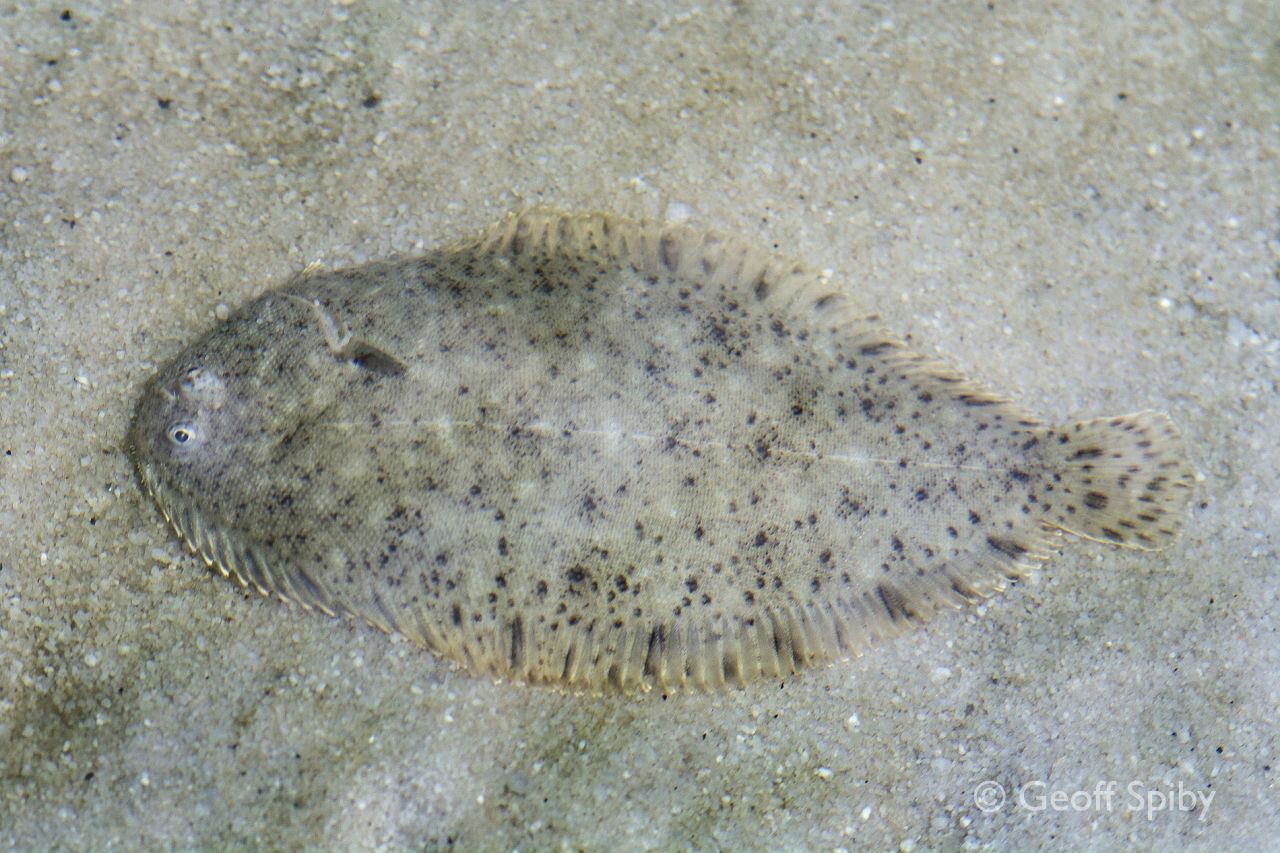
Each of these fins has a specific function. This function is not necessarily the same in all fish, but each species uses its fins in the most effective and efficient way. Generally, pectoral fins help fish to turn. Flying fish, on the other hand, use their pectoral fins to glide over the water. Yes, these fish have developed a way of travelling that involves flying out of the water. The fish cannot “flap their fins”, but they can launch themselves out of the water, spreading their pectoral fins wide and gliding for up to 200m! Now that is one way of not only getting away from a predator quickly, but also confusing the heck out of it.
The caudal (tail) fin is primarily used to propel fish through the water. There are different shapes of caudal fins. These shapes include round, square, forked, lunate, pointed and indented. The shape of the caudal fin is often an indication of how fast a fish tends to move. A rounded caudal fin indicates a slow-moving fish, like the giant kob in the Predator Exhibit, or the black musselcracker in the I&J Ocean Exhibit. A lunate, or arrow-shaped fin indicates a fast-moving fish, like the yellowtail in thePredator Exhibit.
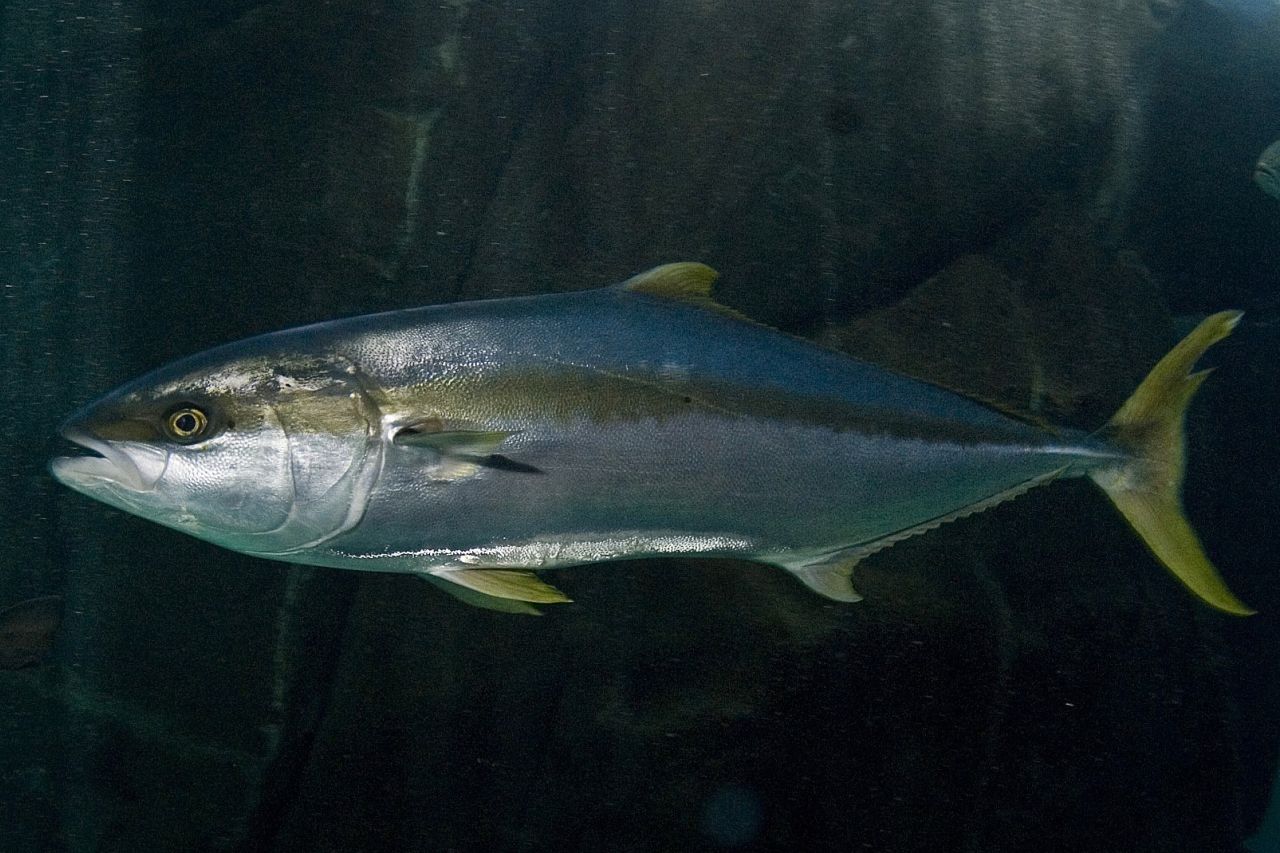
Right here, we need to touch on the peculiar ocean sunfish – these fish have hardly any caudal fins, and like most things about sunfish, they also have a peculiar manner of locomotion. Their stumpy tails are not used to propel them through the water, instead, sunfish use their dorsal and anal fins to swim. Sunfish are known to float at the surface of the ocean, and for a long time were thought to just drift along with the currents. They are actually active swimmers and can cruise at about 3,2km per hour.
Flippers
Unlike fish, marine mammals officially have fins AND flippers. Some, but not all, whales have fins and flippers, and whale tails are technically known as flukes. Some whales, like southern right whales, only have flippers and flukes, as they don’t have dorsal fins. The same goes for northern right whale dolphins. Whales and dolphins use their tails (flukes) to propel themselves through the water and use their flippers to steer. If they have a dorsal fin, this fin is used to stabilise themselves. However, unlike fish that move their caudal fins from side to side, whales and dolphins move their flukes up and down. The reason for this is that whales evolved from land mammals. When four-legged animals run, their spines flex up and down. You can see this when a dog has the zoomies and runs at great speed. Whales have kept this up and down motion as part of their locomotion technique. Now look at lizards, snakes and other cold-blooded animals - when they move, they move their bodies from side to side.
When whales breach (jump out of the water), they swim straight up to the surface, accelerating as they get nearer. The whale then breaks through the surface of the water and lifts up to 90% of its body out of the water. Considering that whales can weigh a couple of tonnes, depending on the species, their flukes must be incredibly strong to be able to propel them out of the water like that. This strength stands them in good stead when they have to migrate and swim thousands of kilometres. The longest mammal migration record is held by a female humpback whale that travelled from Brazil to Madagascar – 9 800km!
Unlike whales, seals do not have flukes, but have flippers all around. True seals cannot rotate their hind flippers when on land and use a caterpillar-like movement to pull their bodies along the ground. Fur seals, like our local Cape fur seals, can rotate their hind flippers, which makes movement on land a lot easier (not necessarily prettier) for them. Seals use their front flippers to swim, pulling themselves through the water at speeds of up to 35km per hour. They use their hind flippers to steer while shooting through the water.
Sea turtles also have flippers. They use their front flippers to swim and their hind flippers to steer. And they swim really, really well. If you haven’t heard about Yoshi the loggerhead turtle, pop on over to this blog, and read all about her epic journey. Turtles are generally very clever swimmers, using what the ocean has to offer to attain great distances, with maximum energy efficiency. Where they normally use the ocean currents to move them along and aid them in their travels, Yoshi has chosen to swim against the currents, most of the time. Why she is doing this, only she knows. Perhaps she is just trying to prove a point, perhaps she is setting a new trend!? Yoshi’s journey now holds the record for the longest tracked migration by any marine animal. She has swum more then 40 000km, and as long as her tag keeps sending its information, we will keep tracking her.
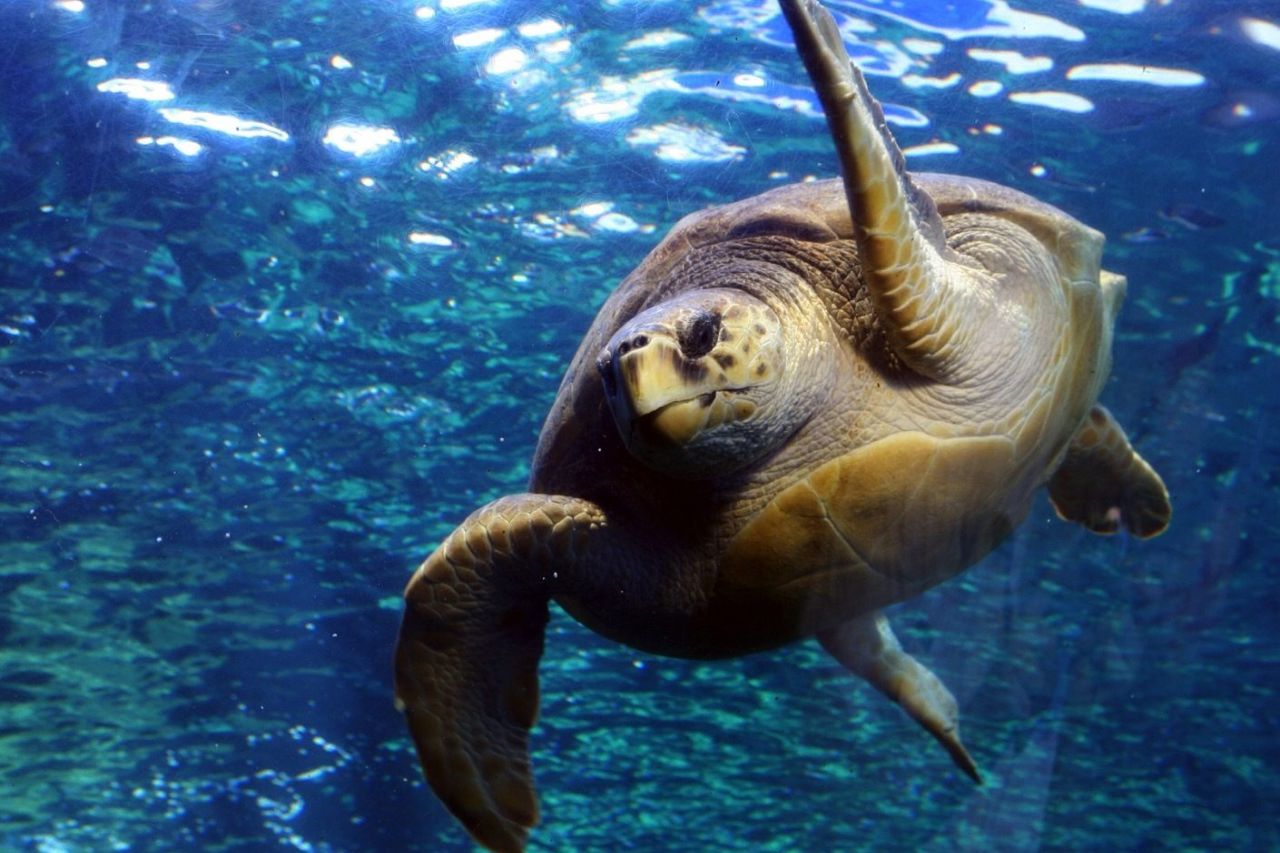
Sailing
The last way of locomotion in the ocean we are going to have a look at in this blog, is perhaps the laziest of them all – sailing. Yes, there are some ocean animals that make use of the wind to propel them along. Animals like “by-the-wind-sailors” and Portuguese man-of-war (men-of-war?) are hydrozoans that look a bit like miniature sailboats, complete with raised sails. One would think that these animals are jellyfish, but they're actually siphonophores that possess a very nasty and poisonous sting. Each individual Portuguese man-of-war is in fact four organisms that cannot function without one another. The pneumatophore is a gas-filled bubble that allows the man-of-war to float. The wind pushes this bubble around while the man-of-war’s tentacles trail below the surface of the water. We don’t get the Portuguese man-of-war here in South Africa, but we do get its slightly tamer cousin, the bluebottle. Bluebottles also sail with the wind and drift with the currents. Like the man-of-war, they can also deliver a nasty sting, but is not as poisonous. Like all things though, if you are allergic, the painful sting can turn deadly.
On land you either walk, run, fly or slither, but in the ocean, animals have developed a multitude of additional ways to move along. Going forward, we will investigate some other options like tube feet, jet propulsion and dangly legs, but for now, we will just have to decide – are we going to swim like a fish, go with the flow like a bluebottle, or jump for joy like a whale? Because flying is still very much out of the question at this stage…
